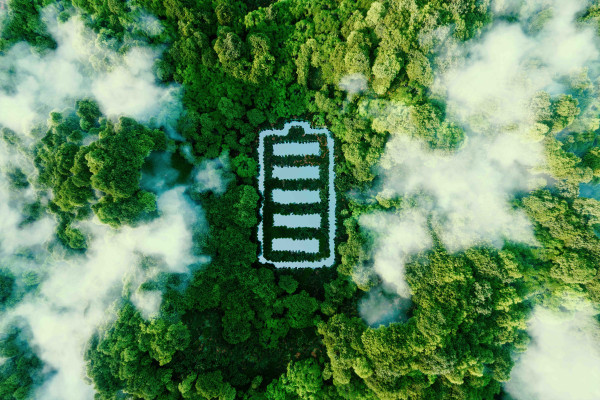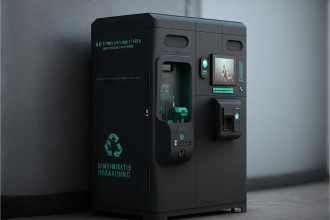-
6.To Conclude
Retrofitting for a Greener Future: How Post-Combustion Carbon Capture is Transforming Power Plants
Post-Combustion Carbon Capture is one such technology. This process captures carbon dioxide from the flue gases of power plants and industrial facilities after the combustion process has taken place. The captured carbon dioxide is then compressed and transported for storage or used in other processes. This technology is particularly beneficial in retrofitting existing power plants as it can be integrated into existing infrastructure with minimal disruption to the facility's operations.
Preempting Emissions: The Benefits of Pre-Combustion Carbon Capture
Pre-Combustion Carbon Capture is another technology that captures carbon dioxide from a fuel source before it is burned for energy. The fuel undergoes a chemical process that separates the carbon dioxide, which is then compressed and stored. This method reduces the amount of carbon dioxide released into the atmosphere.
Combustion with a Conscience: The Promise of Oxy-Fuel Carbon Capture
Oxy-Fuel Combustion is a unique approach to carbon capture. It involves burning fuel in a mixture of oxygen and recycled flue gas, rather than air. This results in a flue gas stream composed primarily of carbon dioxide, making it easier to capture and store.

Twinning Profit and Purpose: How Enhanced Oil Recovery is Combating Climate Change
Enhanced Oil Recovery (EOR) is another use case where carbon capture and storage technologies are being used to improve the efficiency of oil recovery. Carbon dioxide is injected into oil reservoirs to increase pressure and recover more oil, while the captured carbon dioxide is stored underground. This not only reduces greenhouse gas emissions but also generates new revenue for companies.
From Waste to Resource: The Transformative Potential of Carbon Capture and Utilization
Carbon Capture and Utilization (CCU) is a process where the captured carbon dioxide is used as a feedstock in industrial processes such as the production of chemicals, fertilizers, and fuels. This reduces greenhouse gas emissions and creates a new source of revenue for companies. CCU has the potential to create a circular economy where carbon dioxide emissions are transformed into valuable products.
To Conclude
In conclusion, carbon capture technologies are critical in reducing greenhouse gas emissions and mitigating the effects of climate change. The five use cases discussed in this blog demonstrate the potential of carbon capture to contribute to a more sustainable future. Although there are still challenges to be addressed, such as cost and scalability, the continued development and deployment of carbon capture technologies offer hope for a more sustainable future.
Quickscout
Looking for suitable
technology providers?
Start scouting!







